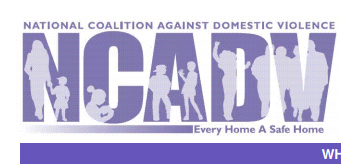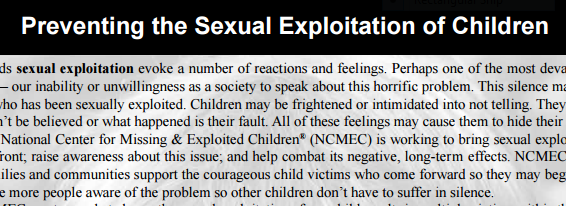Persons with disabilities are victimized by crime at much higher rates than the rest of the population, and they are often targeted specifically because of their disabilities.
Strong links have been found between alcohol use and the occur- rence of intimate partner violence in many countries. Evidence suggests that alcohol use increases the occurrence and severity of domestic violence.
Experts believe that domestic violence occurs in the lesbian, gay, bisexual and transgender (LGBT) community with the same amount of frequency and severity as in the heterosexual community.
The National Intimate Partner and Sexual Violence Survey (NISVS) is an ongoing, nationally representative telephone survey from the Centers for Disease Control and Prevention (CDC) that collects detailed information on intimate partner violence (IPV), sexual violence (SV), and stalking victimization. T
WASHINGTON – In 2013, the rate of violent crime against persons with disabilities (36 per 1,000) was more than twice the age-adjusted rate for persons without disabilities (14 per 1,000), the Bureau of Justice Statistics (BJS) announced today. Age-adjusted rates were used because persons with disabilities were generally older than persons without disabilities.
Children with physical, developmental, intellectual, emotional, and sensory disabilities are more likely to be bullied than their peers. Any number of factors— physical vulnerability, social skill challenges, or intolerant environments— may increase their risk. Research suggests that some children with disabilities may bully others as well.
Dating violence is a type of intimate partner violence. It occurs between two people in a close relationship. The nature of dating violence can be physical, emotional, or sexual
Few things frighten a community more than learning that a sex offender has moved into the neighborhood. With more than 740,000 currently registered sex offenders in our nation, community members are often anxious to know what they can do to protect their families. However, there is much misinformation and confusion as to the community’s role regarding sex offender management.
Every child athlete deserves a safe and fun sports experience. Use these tips to help your child have one.
The words sexual exploitation evoke a number of reactions and feelings. Perhaps one of the most devastating is silence — our inability or unwillingness as a society to speak about this horrific problem. This silence may impact a child who has been sexually exploited. Children may be frightened or intimidated into not telling.
Elder abuse is an intentional act or failure to act that causes or creates a risk of harm to an older adult. An older adult is someone age 60 or older. The abuse occurs at the hands of a caregiver or a person the elder trusts.
Nothing is more important to parents than the safety and welfare of their children. When a child disappears, it is critically important for parents to know that there are resources readily available to help. Law enforcement officers, agencies with expertise in recovering missing children, family members, and neighbors are only some of the people who will do everything in their power to help in the search for a missing child.
This Checklist was created and published by NCMEC and is to be given to families by law enforcement during an emergency response to a report of a missing or abducted child. NCMEC, at 1-800-THE-LOST® (1-800-843-5678) or www.missingkids.com, offers a wealth of resources to assist families and law enforcement in the search for a missing or abducted child or cases involving the sexual exploitation of a child.











